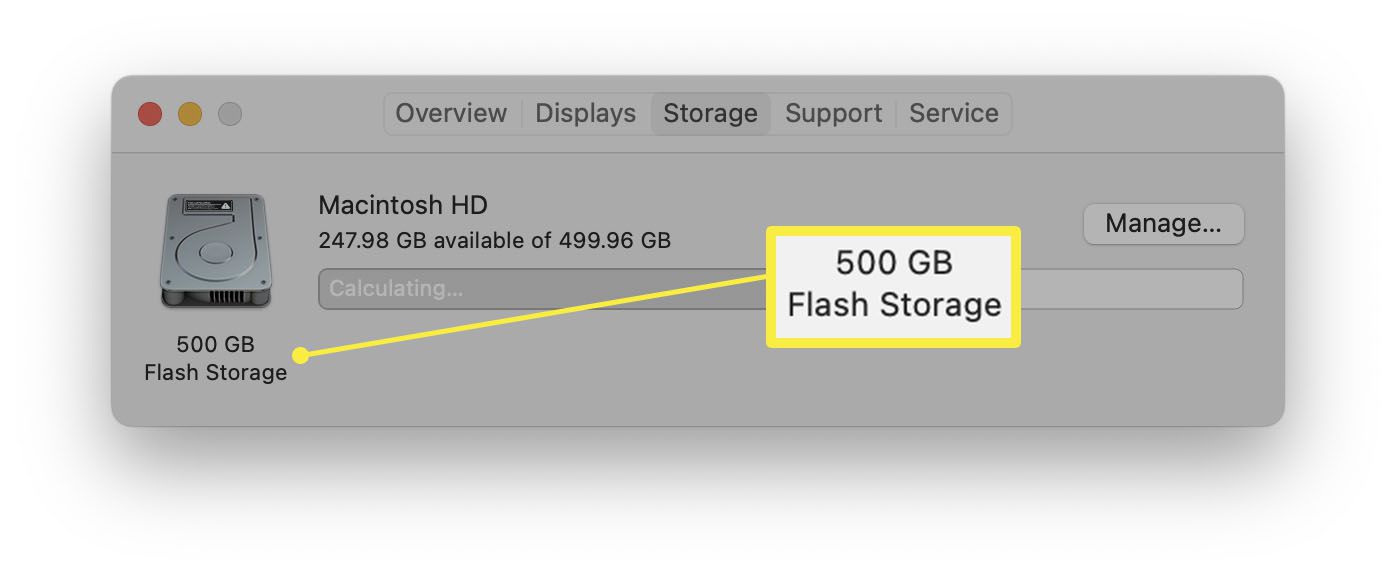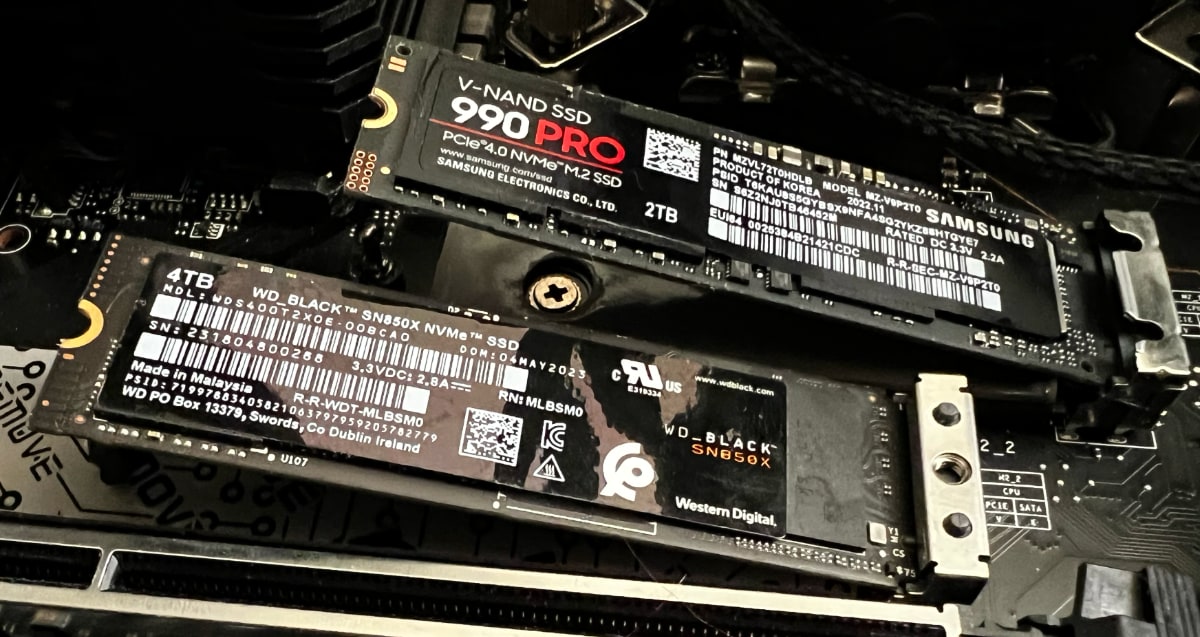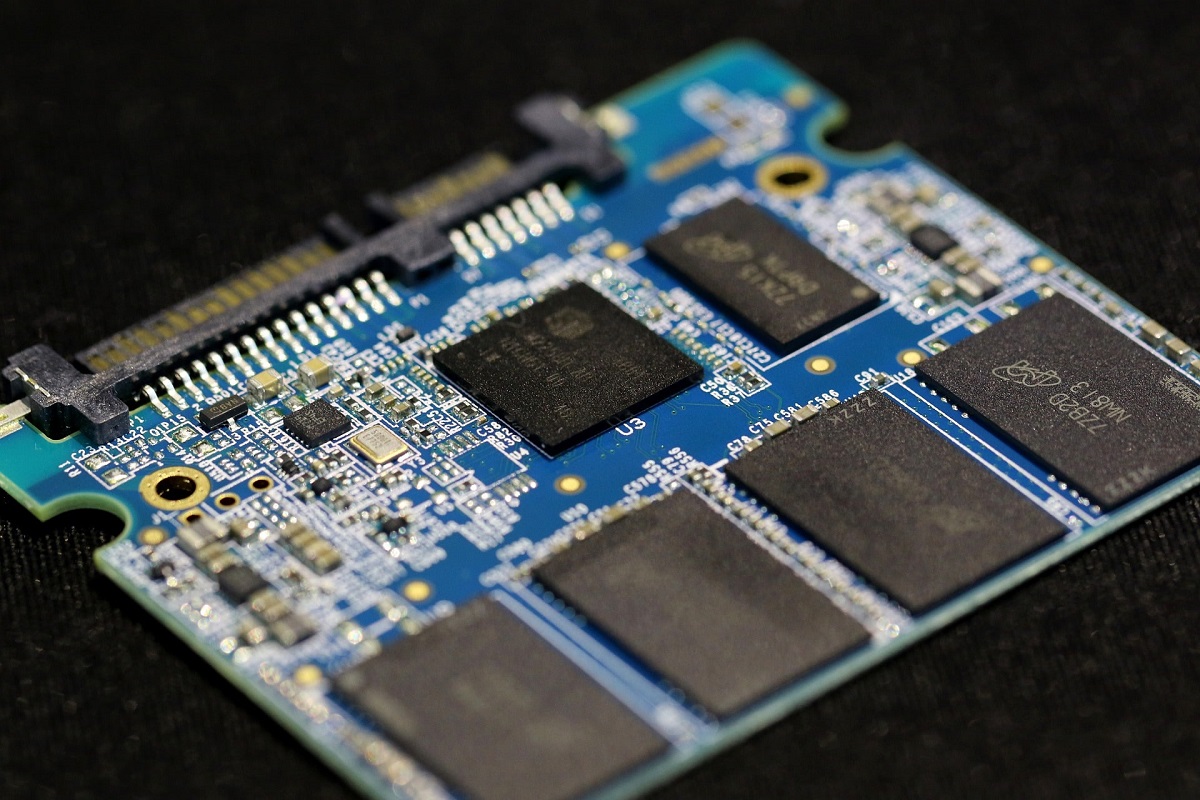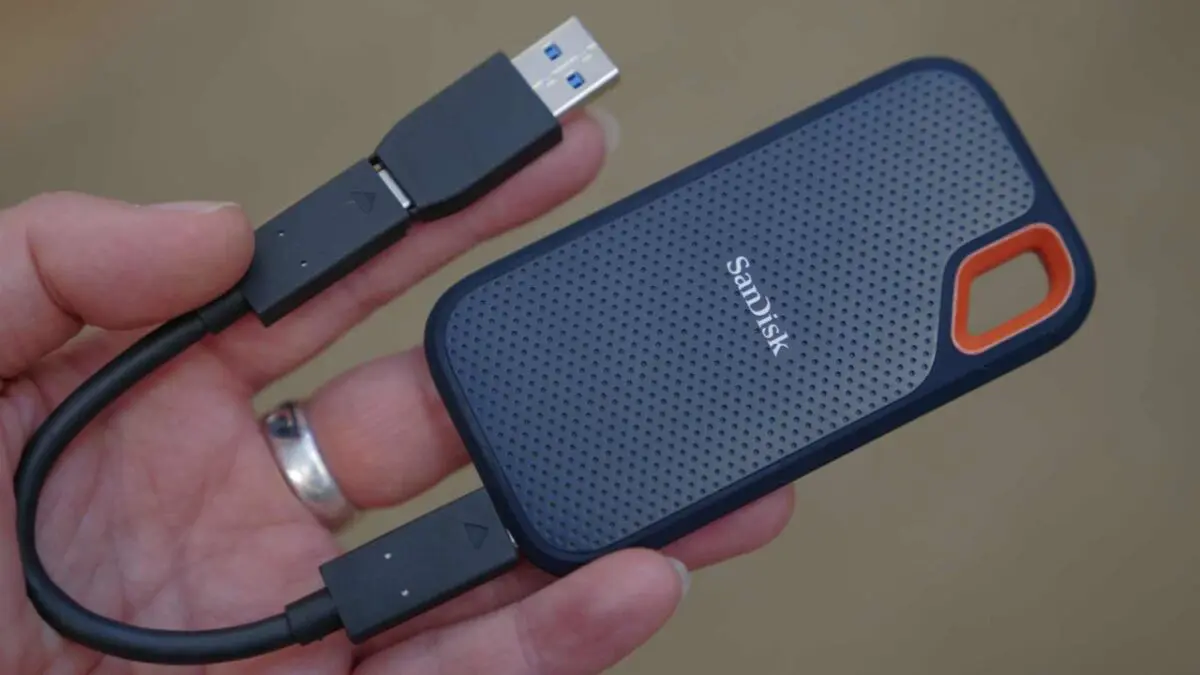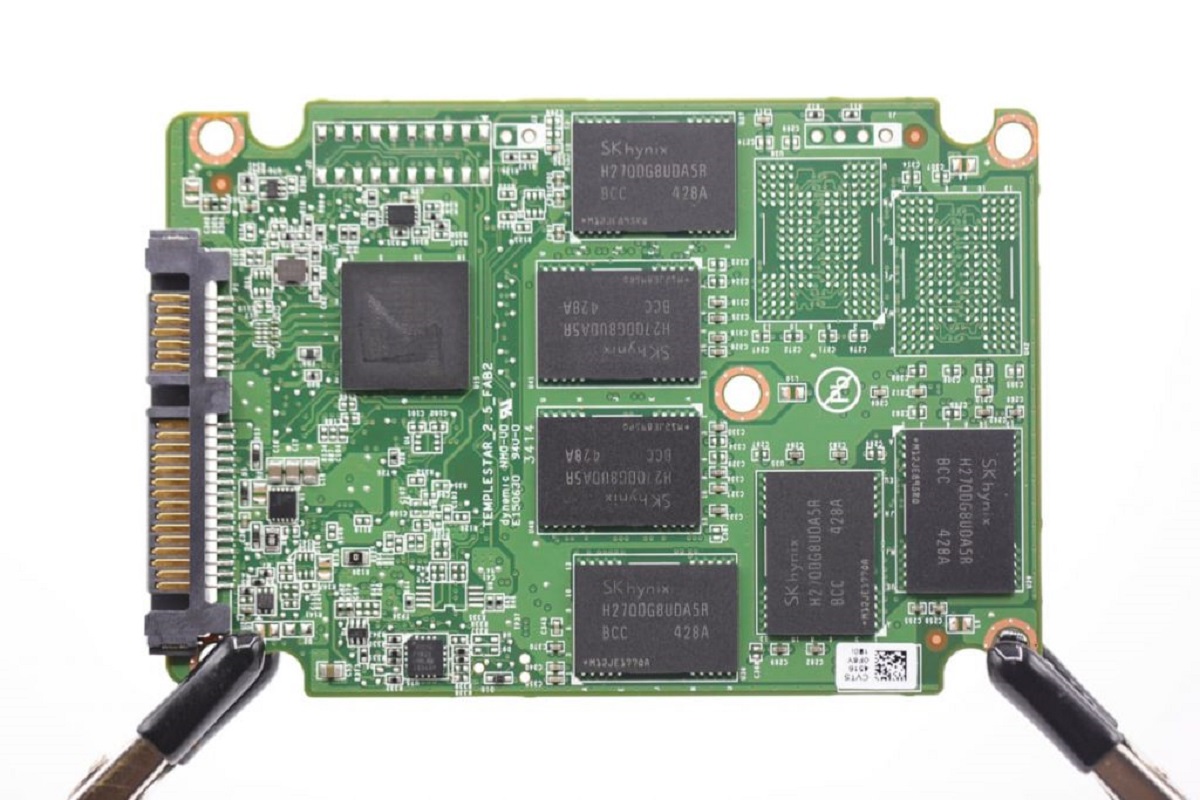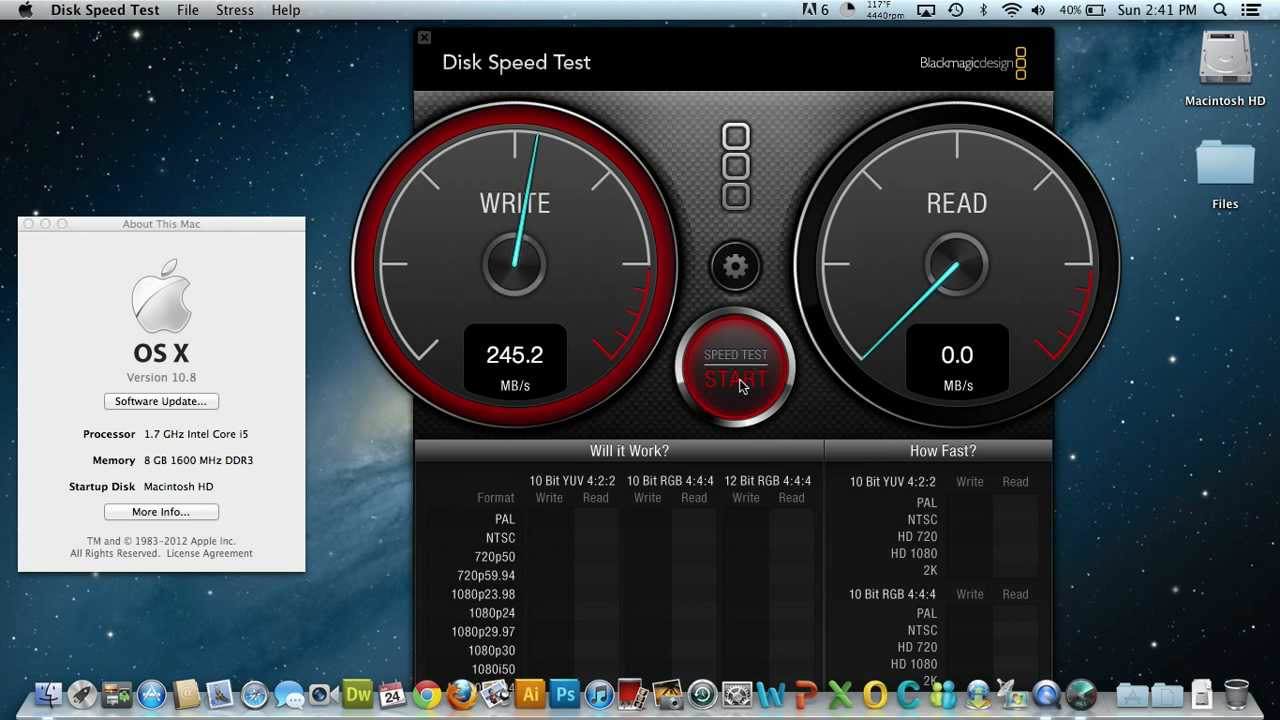What is an SSD Drive?
An SSD (Solid State Drive) is a type of storage device used in computers and other electronic devices. Unlike traditional hard disk drives (HDDs) that use spinning disks and magnetic heads to access and store data, SSDs rely on flash memory technology. This means that instead of physically moving parts, data is stored and retrieved electronically, resulting in faster data access speeds and improved performance.
SSDs are made up of NAND flash memory chips that retain data even when the power is turned off. This allows for quicker startup times, faster file transfers, and reduced load times for applications and games. Additionally, because there are no moving parts, SSDs are more durable and resistant to shock and vibration compared to HDDs.
With the increasing demand for faster and more efficient computing, SSDs have become the preferred choice for many users. They offer several benefits over traditional HDDs, making them well-suited for both personal and professional use.
One of the primary advantages of SSDs is their speed. Because there are no physical components involved in data storage and retrieval, SSDs can deliver significantly faster read and write speeds. This means that tasks such as booting up your computer, launching applications, and opening large files can be completed in a fraction of the time compared to a traditional HDD.
In addition to speed, SSDs are also known for their reliability and durability. With no moving parts, the risk of mechanical failure is greatly reduced, making SSDs more resistant to physical damage. This makes them an ideal choice for laptops and other portable devices that may be subjected to frequent movement and jostling.
Furthermore, SSDs produce less noise and generate less heat compared to HDDs. Since there are no spinning disks, there is no noise caused by the movement of mechanical parts, resulting in a quieter computing experience. Additionally, the absence of moving parts minimizes heat generation, leading to lower operating temperatures and improved system stability.
In summary, an SSD drive is a storage device that offers faster speeds, improved reliability, and enhanced durability compared to traditional HDDs. Its use of flash memory technology allows for quicker data access, reduced load times, and a more efficient overall computing experience. As SSD prices continue to decrease and their capacities increase, they are becoming increasingly popular and prevalent in consumer electronics. So, if you’re looking to upgrade your computer’s performance or increase storage speed, consider investing in an SSD drive.
Benefits of an SSD Drive
An SSD (Solid State Drive) offers numerous benefits over traditional hard disk drives (HDDs), making it a valuable upgrade for computer users. Here are some of the key advantages of using an SSD:
- Improved Performance: One of the main benefits of an SSD is its significantly faster data access speed. With no moving parts to wait for, an SSD can read and write data at lightning-fast speeds, resulting in quicker boot times, faster application launches, and reduced file transfer times.
- Enhanced Reliability: SSDs are more resistant to physical shock and vibration compared to HDDs. Since there are no mechanical components involved, the risk of mechanical failure is greatly reduced, ensuring your data remains safe and secure.
- Increased Durability: Without any spinning disks or delicate components, SSDs are more durable and less prone to damage from drops or sudden movements. This makes them an excellent choice for portable devices like laptops that are frequently transported.
- Energy Efficiency: SSDs consume less power than HDDs, resulting in improved energy efficiency and longer battery life for laptops and other battery-powered devices.
- No Noise: Unlike HDDs, which can produce noticeable noise due to the spinning disks and mechanical components, SSDs are completely silent. This ensures a quieter and more peaceful computing experience.
- Compact Size: SSDs are smaller and lighter than traditional HDDs, making them ideal for devices with limited space, such as ultrabooks and mini PCs. The compact size also allows for easier installation and better organization of cables within your system.
- Improved Gaming Experience: Gamers can benefit greatly from using an SSD. The faster loading times provided by an SSD can greatly reduce in-game lag and allow for smoother gameplay, enhancing the overall gaming experience.
- Efficient Multitasking: SSDs excel at handling multiple tasks simultaneously. With faster data access speeds, you can easily switch between applications, run virtual machines, and perform resource-intensive tasks without experiencing significant slowdowns.
In closing, an SSD drive offers a wide range of benefits including improved performance, enhanced reliability, increased durability, energy efficiency, silent operation, compact size, improved gaming experience, and efficient multitasking. Whether you’re a casual computer user or a hardcore gamer, upgrading to an SSD can greatly enhance your computing experience and provide you with faster and more reliable data storage.
Checking for an SSD Drive on Windows
If you’re using a Windows computer and want to check if you have an SSD (Solid State Drive) installed, here are a few methods you can use:
- Device Manager: Open the Device Manager by right-clicking on the Start button and selecting “Device Manager” from the menu. Expand the “Disk drives” category and look for a drive name that includes “SSD” or “Solid State Drive” in its description.
- System Information: Press the Windows key + R to open the Run dialog box. Type “msinfo32” and press Enter. In the System Information window, navigate to Components > Storage > Disks. Look for a drive that mentions “SSD” or “Solid State Drive” in the media type column.
- Windows Task Manager: Press Ctrl + Shift + Esc to open the Task Manager. Go to the “Performance” tab and click on “Disk” in the left sidebar. If you have an SSD, it will be labeled as “Solid State Drive” under the “Type” column.
- Command Prompt: Open the Command Prompt by pressing Windows key + X and selecting “Command Prompt” from the menu. Type the command “wmic diskdrive get caption, mediatype” and press Enter. Look for a drive name that includes “SSD” or “Solid State Drive” in the output.
If any of the above methods indicate that you have an SSD drive, congratulations! You’re already enjoying the benefits of faster storage. However, if none of the methods confirm the presence of an SSD, it’s likely that you have a traditional HDD installed.
Remember that these methods are specific to Windows, and the steps may vary depending on the version of Windows you’re using. If you’re still unsure about whether you have an SSD installed or if you’re encountering any difficulties with the process, consider reaching out to a computer professional for assistance.
Checking for an SSD drive on Windows is a straightforward process that can help you verify the type of storage device in your computer. Whether you’re planning to upgrade to an SSD or simply curious about your system’s hardware, using these methods will give you accurate information about your storage setup.
Checking for an SSD Drive on Mac
If you’re using a Mac and want to check if you have an SSD (Solid State Drive) installed, there are a few methods you can use to determine the type of storage device in your computer:
- About This Mac: Click on the Apple menu in the top-left corner of your screen and select “About This Mac”. In the Overview tab, click on “System Report”. Under the Hardware section, navigate to the SATA/SATA Express section and look for a drive that mentions “SSD” or “Solid State Drive”.
- Storage Management: Open “System Preferences” by clicking on the Apple menu and selecting “System Preferences”. Choose “Storage” and click on “Manage”. Look for a drive name that includes “SSD” or “Solid State Drive” under the storage devices listed.
- Terminal: Open the Terminal application by navigating to Applications > Utilities > Terminal. Type the command “diskutil list” and press Enter. Look for a drive name that includes “SSD” or “Solid State Drive” in the output.
- Third-Party Apps: You can also use third-party applications like “DriveDx” or “SMARTReporter” to check the type of storage device in your Mac. These apps provide detailed information about your drives, including whether they are SSDs or HDDs.
By using these methods, you can easily determine if you have an SSD drive installed on your Mac. If any of the methods confirm the presence of an SSD, congratulations! You’re already benefiting from faster storage and improved performance.
It’s important to note that the steps may vary slightly depending on the version of macOS you’re using. If you encounter any difficulties or need further assistance, consider reaching out to Apple Support or consulting with a professional.
Checking for an SSD drive on your Mac allows you to identify the type of storage device in your computer. Whether you’re planning to upgrade to an SSD or simply curious about the hardware in your Mac, using these methods will provide you with accurate information about your storage setup.
Checking for an SSD Drive on Linux
If you’re using a Linux-based operating system and want to check if you have an SSD (Solid State Drive) installed, there are several methods you can use to determine the type of storage device in your computer:
- Smartctl: Open the terminal and install the “smartmontools” package if it’s not already installed. Run the command “sudo smartctl -a /dev/sda” (replace “sda” with the appropriate device name for your system). Look for the “Rotation Rate” field in the output. If it is listed as “Solid State Device”, then you have an SSD drive.
- lsblk: Open the terminal and run the command “lsblk -d -o name,rota” to list the block devices and their rotation status. If the output shows “0”, it indicates that the device does not rotate, meaning it is an SSD.
- NVMe CLI: If your system uses NVMe storage, you can use the “nvme” command-line utility. Open the terminal and run the command “sudo nvme list”. If the output shows the device model containing “SSD” or “Solid State Device”, then it confirms the presence of an SSD.
- System Profiler: Some Linux distributions provide a graphical tool for system information. Look for an application like “System Profiler” or “Hardinfo” in your distribution’s software center. Check the storage section to see if it identifies the drive as an SSD.
Using these methods, you can easily determine if you have an SSD drive installed on your Linux system. If any of the methods confirm the presence of an SSD, congratulations! You’re already experiencing the benefits of faster storage and improved performance.
It’s important to note that the steps and commands may vary slightly depending on the Linux distribution and version you’re using. If you encounter any difficulties or need further assistance, consider consulting the documentation for your specific distribution or seeking support from the Linux community.
By checking for an SSD drive on your Linux system, you can identify the type of storage device and gain insights into your system’s hardware configuration. Whether you’re planning to upgrade to an SSD or simply want to verify your existing storage setup, these methods will provide you with accurate information about the type of drive in your Linux computer.
Third-Party Software to Check for an SSD Drive
In addition to the built-in methods provided by operating systems, there are also third-party software applications available that can help you check if you have an SSD (Solid State Drive) installed. These applications provide detailed information about your storage devices, including whether they are SSDs or traditional HDDs. Here are a few popular options:
- CrystalDiskInfo: CrystalDiskInfo is a free and lightweight software that displays detailed information about your storage drives. It provides essential data such as drive model, interface, health status, and most importantly, the drive type (SSD or HDD).
- HDDScan: HDDScan is another free utility that allows you to check the health and performance of your storage devices. It can also identify the type of drive, including SSDs, and provides additional information like firmware version, serial number, and more.
- Speccy: Speccy is a comprehensive system information tool that provides detailed hardware specifications, including information about your drives. It displays the drive type (SSD, HDD, or external) and provides other useful data such as drive capacity, temperature, and usage.
- AIDA64: AIDA64 is a popular system diagnostic and benchmarking tool that can provide detailed information about your storage devices. It identifies the drive type and offers in-depth details such as SMART attributes, drive health, and performance metrics.
- HWiNFO: HWiNFO is a powerful hardware information and diagnostic tool that can help you identify the type of your drives. It provides comprehensive details about your system’s hardware components, including storage devices.
These third-party software applications offer a convenient way to check if you have an SSD drive installed on your computer. They provide more in-depth information than the built-in tools of your operating system and can be helpful if you require detailed specifications or diagnostic insights.
Keep in mind that the availability and compatibility of these third-party software may vary depending on your operating system and hardware configuration. Always make sure to download any software from reputable sources and follow the instructions provided by the developers.
Using third-party software to check for an SSD drive is an effective way to obtain detailed information about your storage devices. Whether you’re a tech enthusiast or someone who wants to ensure they are getting reliable and fast storage, these applications can help you verify the type of drive in your computer.
Conclusion
In today’s fast-paced digital era, having an SSD (Solid State Drive) can significantly enhance your computing experience. SSDs offer faster data access speeds, improved reliability, increased durability, energy efficiency, and quiet operation compared to traditional hard disk drives (HDDs).
By checking for an SSD drive on your system, you can verify the type of storage device you have installed. Depending on your operating system, you can use built-in methods such as Device Manager, System Information, Task Manager, and Command Prompt to determine if you have an SSD drive on Windows. On Mac, you can use methods like About This Mac, Storage Management, Terminal, or third-party applications. Linux users can employ command-line tools like Smartctl, Lsblk, NVMe CLI, or graphical tools like System Profiler to check for an SSD drive.
If you’re still unsure or want more detailed information, third-party software applications like CrystalDiskInfo, HDDScan, Speccy, AIDA64, or HWiNFO can provide in-depth data about your storage devices.
Regardless of the method you choose, identifying the presence of an SSD drive in your system can help you understand the capabilities and performance of your storage solution. Whether you’re considering an upgrade or simply want to ensure you’re getting the best performance from your current setup, knowing if you have an SSD drive is essential.
Remember that SSD drives offer benefits like improved speed, reliability, durability, energy efficiency, and compact size. They are suitable for various applications, from everyday tasks to gaming and professional workloads.
Whether you already enjoy the benefits of an SSD drive or are considering an upgrade, understanding and confirming the presence of an SSD in your system allows you to make informed decisions about your storage needs, ensuring a faster and more efficient computing experience.







